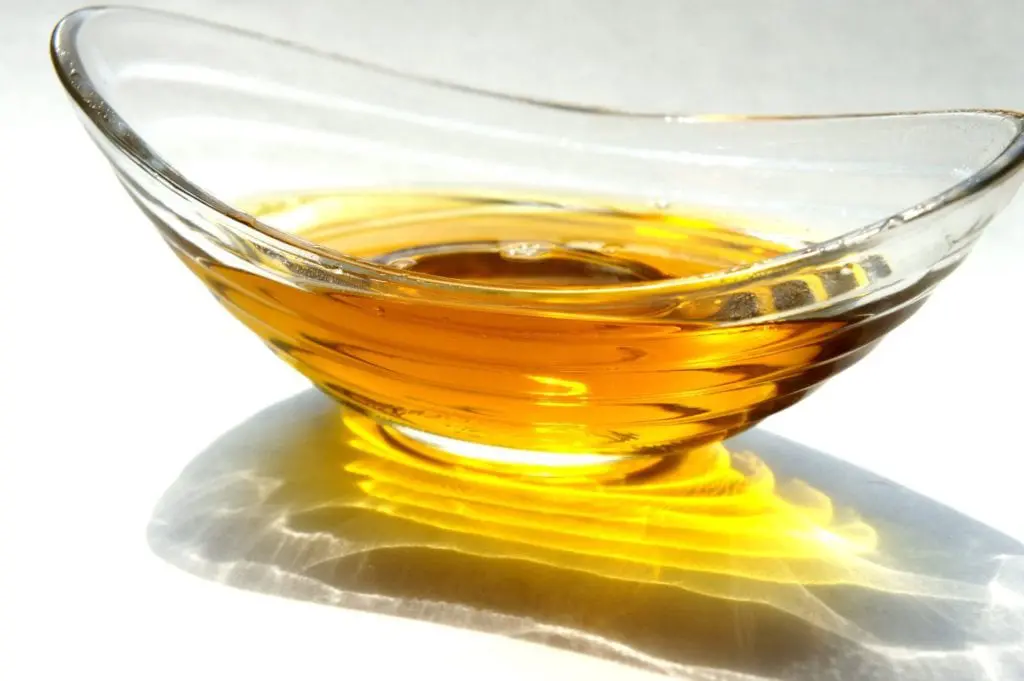Currently, when we go to a nursery or garden store, we find a shelf full of chemical products that, although they are very effective as long as they are used correctly, are harmful to the environment, to the point that if we use them intensively in the garden, we could end up with soil poor in nutrients and life, both plant and animal. To avoid this, it is highly recommended to combat pests and diseases with natural remedies, such as Neem Oil .
This is a completely ecological insecticide, since it is made by extracting the oil from the fruits and seeds of the Neem Tree, so you will not have to worry about your garden or your health.
Index
- 1 How is Neem Oil extracted?
- 2 Against which pests is it effective?
How is Neem Oil extracted?

This insecticide, as we said, comes from the Neem Tree, whose scientific name is Azadirachta indica . If you want to make this natural remedy at home, and in the process save some money, you should keep in mind that it is native to India and Burma, where it grows up to 20m in height. It is a plant that does not resist frost, so its cultivation is only recommended in tropical or subtropical regions .
If you live in a warm climate, and as it is a very fast growing plant, you will simply have to wait for it to bear fruit before you can grind and press its seeds .
What pests is it effective against?

This is a very broad-spectrum insecticide, which you can also find in nurseries, and which helps to control and combat the following insects: aphids, cottony mealybugs, whitefly, thrips, cockroaches, red spider mite, cabbage caterpillar, thrips, leafminers, locusts, nematodes …, in short, if you have a plant with an insect that is harming it, spray it with Neem Oil for 7-10 days, and it will surely improve.
Have you heard of Neem Oil?

